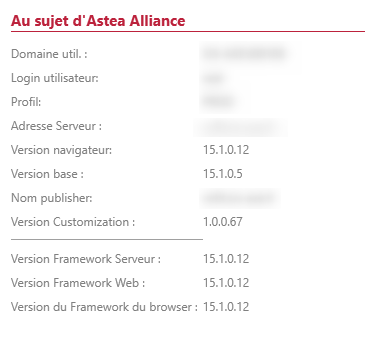HI our customer is using V15.1 in high availability , we have 3 VM in the environment.
What can been observed is that several times a day some users are disconnected by the system with in the c_session_log table the error “Logging in from different computer(vm3XXX)(UTC: 08/22/2023 09:38:00.033)(w3wp,8792)(PROD)”
whereas the user is using the same desktop. for example on the line 3 below the user has been disconnected at 08:30 UTC (10h30 french time) and on line 2 reconnected at 10h30 french time. it looks like the login of line 3 was against on VM3 and on the line on line VM1.
is there some settings to avoid this issues ? what could cause this ?

Best answer by Phil Seifert
View original








